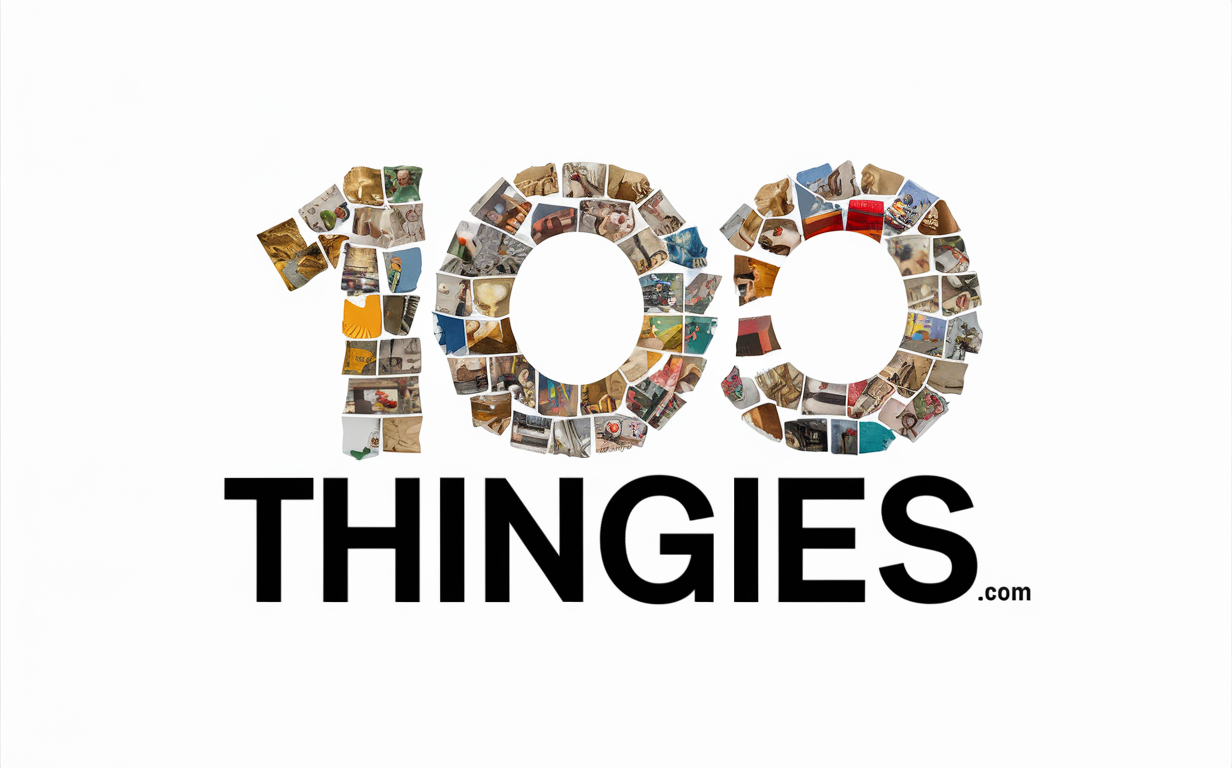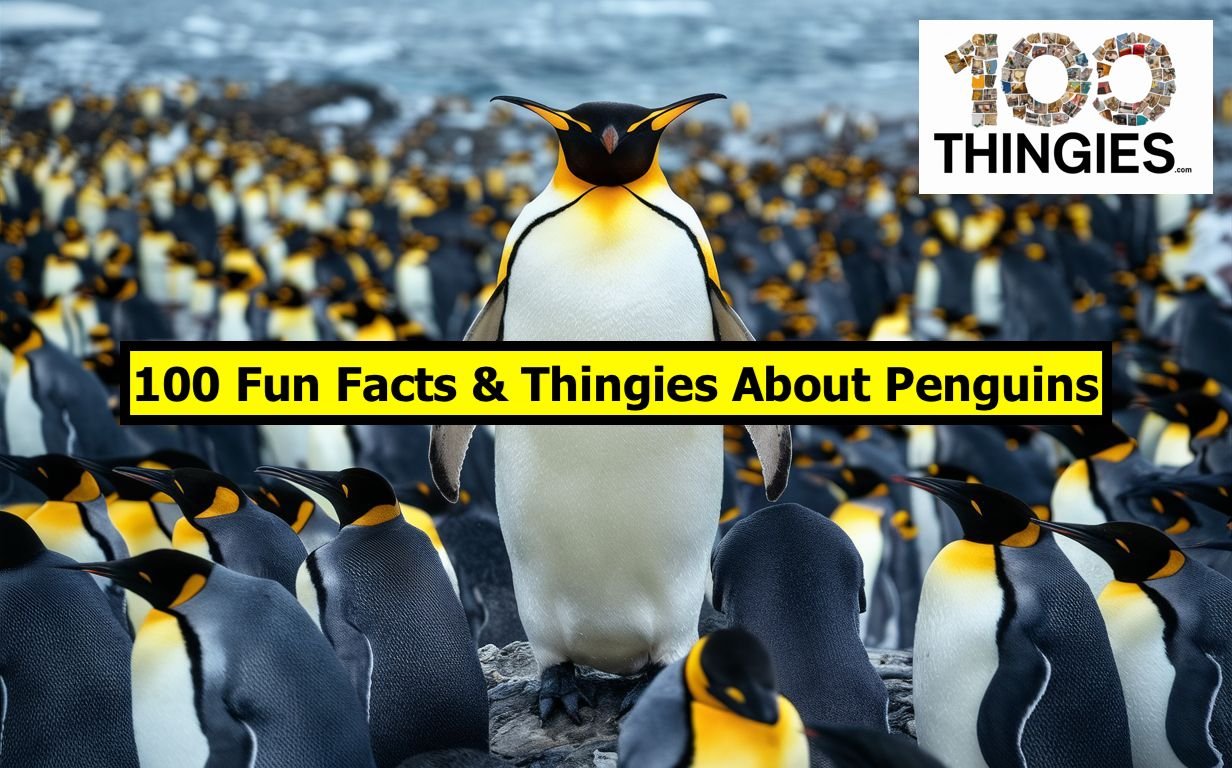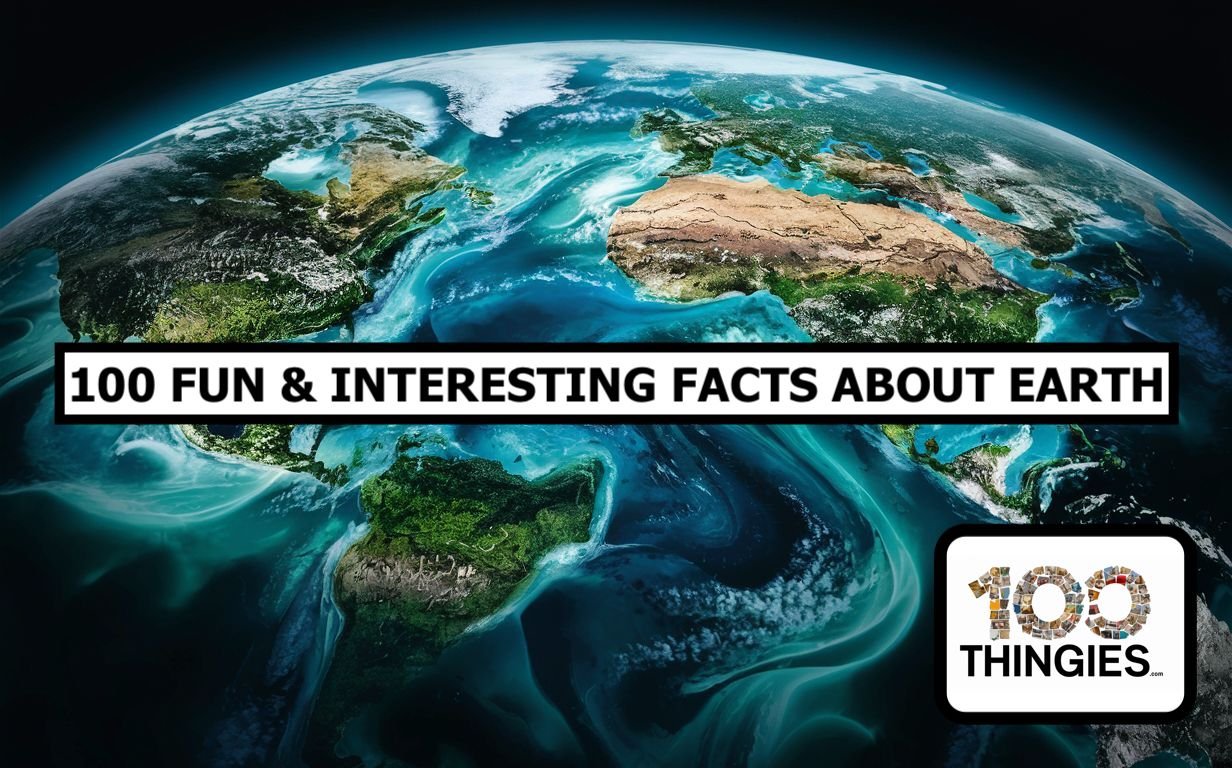From the mysterious dance of celestial bodies to the quirks of eclipse observation on Earth and beyond, eclipses are a testament to the universe’s grandeur and the endless curiosity and awe they inspire. Here’s the next 100 thingie you need to know; the eclipse!
Let’s take you on a celestial journey through the shadowy wonders of eclipses, those astronomical events that have mystified and mesmerized humanity throughout history, as we go through the 100 facts about eclipses that are worth knowing!
1. Eclipses Have a Rhythm
Eclipses follow a rhythm known as the Saros cycle, repeating every 18 years, 11 days, and 8 hours. It’s like they’re dancing to their own cosmic beat.
2. Totality Awesome

During a total solar eclipse, the temperature can drop by as much as 20 degrees Fahrenheit. It’s nature’s air conditioning!
3. The Fast-Moving Shadow
The shadow of a total solar eclipse can move across the Earth’s surface at up to 5,000 miles per hour. Talk about speeding tickets!
4. Ancient Eclipse Predictions
The ancient Babylonians were among the first to predict solar eclipses, using their knowledge of astronomy and complex mathematics. No smartphones needed!
5. A Rare Sight
Total solar eclipses are rare at any given location on Earth, occurring about once every 375 years. Talk about a once-in-a-lifetime event!
6. Eclipses in Literature
Eclipses have often symbolized change, doom, or new beginnings in literature. Shakespeare and Tolkien, among others, used eclipses to foreshadow events in their stories.
7. The Diamond Ring Effect
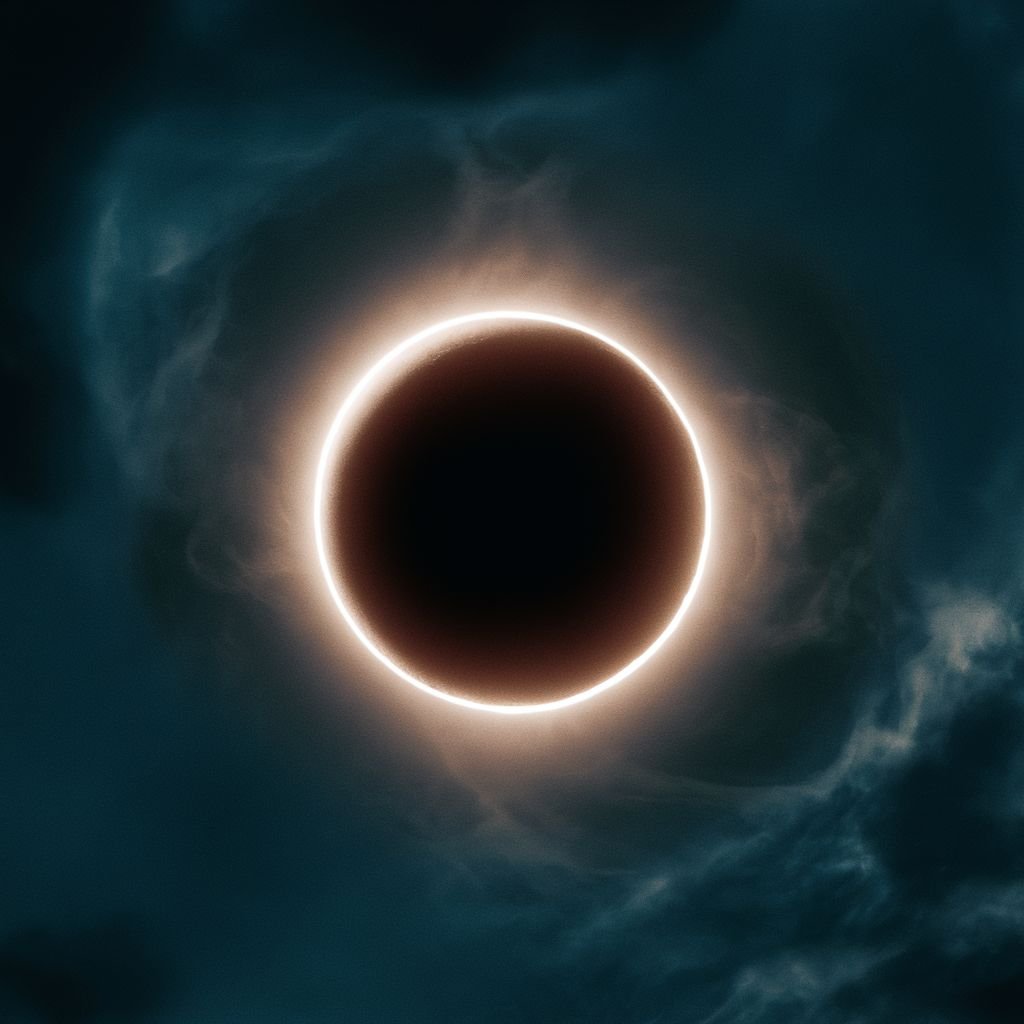
Just before and after totality during a solar eclipse, a bright spot of sunlight can create a dazzling “diamond ring” effect against the darkened sky. Jewelry stores, eat your heart out.
8. Animals Get Confused
During solar eclipses, animals often get confused by the sudden darkness; birds may stop singing, and some animals prepare for sleep. It’s like an unexpected bedtime.
9. The Longest Possible Eclipse
The longest a total solar eclipse can last is about 7.5 minutes. It’s brief but breathtaking.
10. A Tale of Two Shadows
During a solar eclipse, two shadows are cast: the umbra (the dark center where the eclipse is total) and the penumbra (the lighter shadow where the eclipse is partial).
11. Solar Eclipses on Jupiter
Because of its many moons, Jupiter can have multiple solar eclipses in one day. It’s an eclipse party!
12. The Coincidence of Size and Distance
The sun is about 400 times wider than the moon but also about 400 times farther away from Earth, making it appear the same size in our sky. This cosmic coincidence gives us total solar eclipses.
13. Ancient Eclipse Fear
Ancient cultures often interpreted eclipses as omens or the anger of the gods. The Vikings, for instance, thought eclipses occurred when wolves chased and caught the sun or moon.
14. Eclipses on Mars
Mars experiences solar eclipses, too, but since its moons are so small, they can’t completely cover the sun. Mars gets only partial and annular eclipses.
15. The First Photograph
The first photograph of a solar eclipse was taken on July 28, 1851, capturing a moment that had fascinated humans visually for millennia.

16. Eclipses Helped Prove Einstein’s Right
During a total solar eclipse in 1919, astronomers measured the bending of starlight around the sun, providing evidence for Einstein’s theory of general relativity.
17. An Eclipse Inspired the Olympics Truce
According to legend, a solar eclipse in 585 B.C. ended a war between the Lydians and the Medes when both sides took it as a sign to cease fighting and agree to peace.
18. The Element Helium’s Discovery
Helium was discovered on Earth during a solar eclipse in 1868 when astronomers detected it in the sun’s spectrum before it was found on Earth.
19. The Saros Series
Each eclipse belongs to a Saros series, a family of eclipses that share similar characteristics. There are about 42 Saros series for solar eclipses active at any time.
20. Chasing the Shadow
“Eclipse chasers” are people who travel around the world to witness solar eclipses. It’s like storm chasing but with less wind and more awe.
21. Eclipses on Other Planets
Saturn, with its many moons, can experience multiple eclipses at once. Imagine looking up to see more than one moon casting shadows on Saturn’s rings!
22. The Oldest Eclipse Record
The oldest recorded solar eclipse dates back to October 22, 2134 B.C. in China, where scribes documented the event, though it wasn’t predicted, leading to the beheading of two astronomers who failed to foresee it.
23. Solar Eclipses and Solar Power

During a total solar eclipse, areas heavily reliant on solar power, like solar farms, experience a temporary drop in power production, showcasing our symbiotic relationship with the sun’s energy.
24. The Eclipse That Stopped a Battle
In 413 B.C., a lunar eclipse caused such terror in the Athenian navy, stuck in Syracuse, that they delayed their departure, leading to a defeat. It’s incredible how cosmic events have swayed human history.
25. The Baily’s Beads Phenomenon
Just before totality in a solar eclipse, dazzling spots of light appear around the moon’s edges, known as Baily’s Beads. These are caused by sunlight streaming through the moon’s rugged terrain.
26. An Eclipse Led to the Discovery of Helium
The first evidence of helium was discovered not on Earth, but in the sun’s spectrum during the solar eclipse of 1868, nearly 30 years before it was found on Earth, highlighting how eclipses have propelled scientific discovery.
27. Solar Eclipses Can Create Waves in the Earth’s Atmosphere
Solar eclipses can cause “bow waves” in the Earth’s atmosphere, similar to a boat moving through water. These waves occur because the moon’s shadow cools the area under the eclipse, disturbing the atmosphere.
28. The Myth of the Pregnant Woman and the Eclipse
In some cultures, there’s a myth that pregnant women should not go outside during a solar eclipse, as it could harm their unborn child. While there’s no scientific basis, it shows how eclipses stir imaginations and beliefs.
29. The Eclipse That Validated Einstein
The 1919 solar eclipse provided the first experimental proof of Einstein’s General Theory of Relativity, showing that gravity can bend light—a pivotal moment in physics.
30. A Ring of Fire in the Sky
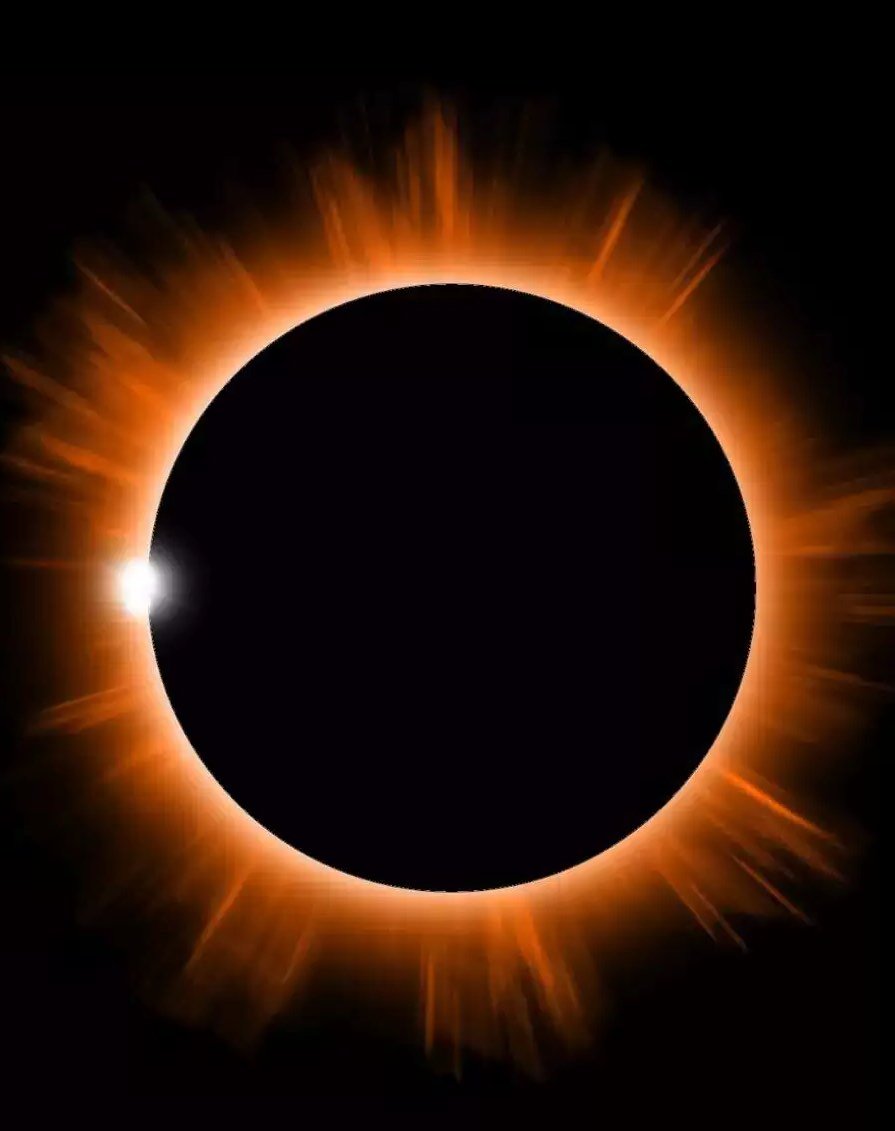
An annular solar eclipse, where the moon covers the sun’s center, leaving a ring of light, creates a “ring of fire.” This spectacular view occurs because the moon is too far from Earth to completely cover the sun.
31. The Shortest Total Lunar Eclipse
The shortest total lunar eclipse of the 21st century happened on April 4, 2015, and lasted only 4 minutes and 43 seconds. Blink, and you’ll miss it!
32. Eclipses in Ancient Times: Omens of Doom
In ancient times, eclipses were often seen as omens of doom, leading to rituals and sacrifices to appease the gods. Today, we understand their scientific basis, yet they still captivate our collective imagination.
33. The Eclipse of Thales
One of the first predicted solar eclipses was by Thales of Miletus in 585 B.C. It reputedly halted a battle between the Lydians and the Medes when darkness fell upon them, leading to peace negotiations.
34. The Frequency of Eclipses
On average, Earth experiences two to five solar eclipses each year, but total solar eclipses in any given location are rare, occurring approximately every 375 years.
35. Eclipses and Gravity
Einstein’s theory proposed that massive objects like the sun could warp the fabric of space, affecting the path of light—a concept proven during the solar eclipse of 1919, when starlight bent around the sun.
36. The Giant’s Shadow
The term “umbra,” used to describe the darkest part of the moon’s shadow during a solar eclipse, comes from the Latin word for “shadow” or “ghost,” fitting for the eerie darkness that envelops the landscape.
37. Eclipses on Film
Solar eclipses have been featured in various films and books as significant plot elements, symbolizing change, doom, or enlightenment, from “Dolores Claiborne” to “Avatar.”
38. The Eclipse That Changed Music
The total solar eclipse of 1919 inspired the British composer Gustav Holst as he composed “The Planets,” blending astronomical events with mythological interpretations in a suite that remains popular today.
39. Lunar Eclipses: Earth’s Shadow Play
During a lunar eclipse, Earth casts its shadow on the moon, creating a stunning range of colors on the lunar surface, from dark browns to deep reds, often referred to as a “Blood Moon.”
40. The Eclipse Chaser Phenomenon
“Eclipse chasers” are individuals who travel the world to witness eclipses, a testament to the enduring allure and transformative experience of watching the cosmos in motion, creating a unique community bound by the beauty of celestial events.
41. Solar Eclipses Can Help Discover New Planets
Historically, solar eclipses have provided opportunities to discover planets and celestial bodies not easily seen. During the 1919 eclipse, observations also aimed to discover unknown planets that might affect the sun’s motion.
42. Lunar Eclipse Tetrad Prophecies
A series of four consecutive lunar eclipses, known as a tetrad, has often been linked to prophecies and significant historical events in various cultures, blending astronomy with mythology.
43. The Power of the Penumbra
During a partial solar eclipse, the moon’s penumbra (the outer shadow) casts a shadow over a portion of the Earth, creating a spectacle where the sun appears as a crescent.
44. Eclipses in Antiquity: A Call to Peace
In some ancient civilizations, eclipses were seen as a sign from the gods to halt conflict and strive for peace, illustrating their powerful influence on human affairs beyond mere celestial phenomena.
45. The Saros Cycle’s Role in Eclipse Prediction
The Saros cycle, discovered by the Chaldeans, is still used today to predict eclipses. This 18-year cycle is a testament to the enduring legacy of ancient astronomical knowledge.
46. Eclipses and the Animal Kingdom
Animals react to the sudden darkness of solar eclipses in various ways; some prepare for sleep, while others appear confused or anxious, demonstrating the wide-reaching impact of these events on the natural world.
47. The Eclipse Wind

Observers of total solar eclipses sometimes report experiencing a mysterious drop in temperature followed by a swift, cool wind, known as the “eclipse wind,” a phenomenon that still puzzles scientists.
48. Ansel Adams and the Eclipse
Famed photographer Ansel Adams captured a solar eclipse in 1937, showcasing his versatility and the captivating beauty of eclipses through the lens of his camera, blending art with astronomy.
49. The Impact of Eclipses on Solar Panels
Solar eclipses pose a unique challenge for solar power grids, as the sudden drop in sunlight requires alternative power sources to compensate for the brief decrease in solar energy generation.
50. The Myth of the Pregnant Woman and the Eclipse Revisited
Despite myths suggesting harm to pregnant women during eclipses, there is no scientific evidence to support these claims, highlighting the importance of distinguishing cultural beliefs from scientific facts.
51. Eclipses and Their Role in Reinforcing the Round Earth Theory
Observations of Earth’s round shadow on the moon during lunar eclipses provided early evidence of the Earth’s spherical shape, contributing to our understanding of planetary geometry.
52. The First Computer and the Eclipse
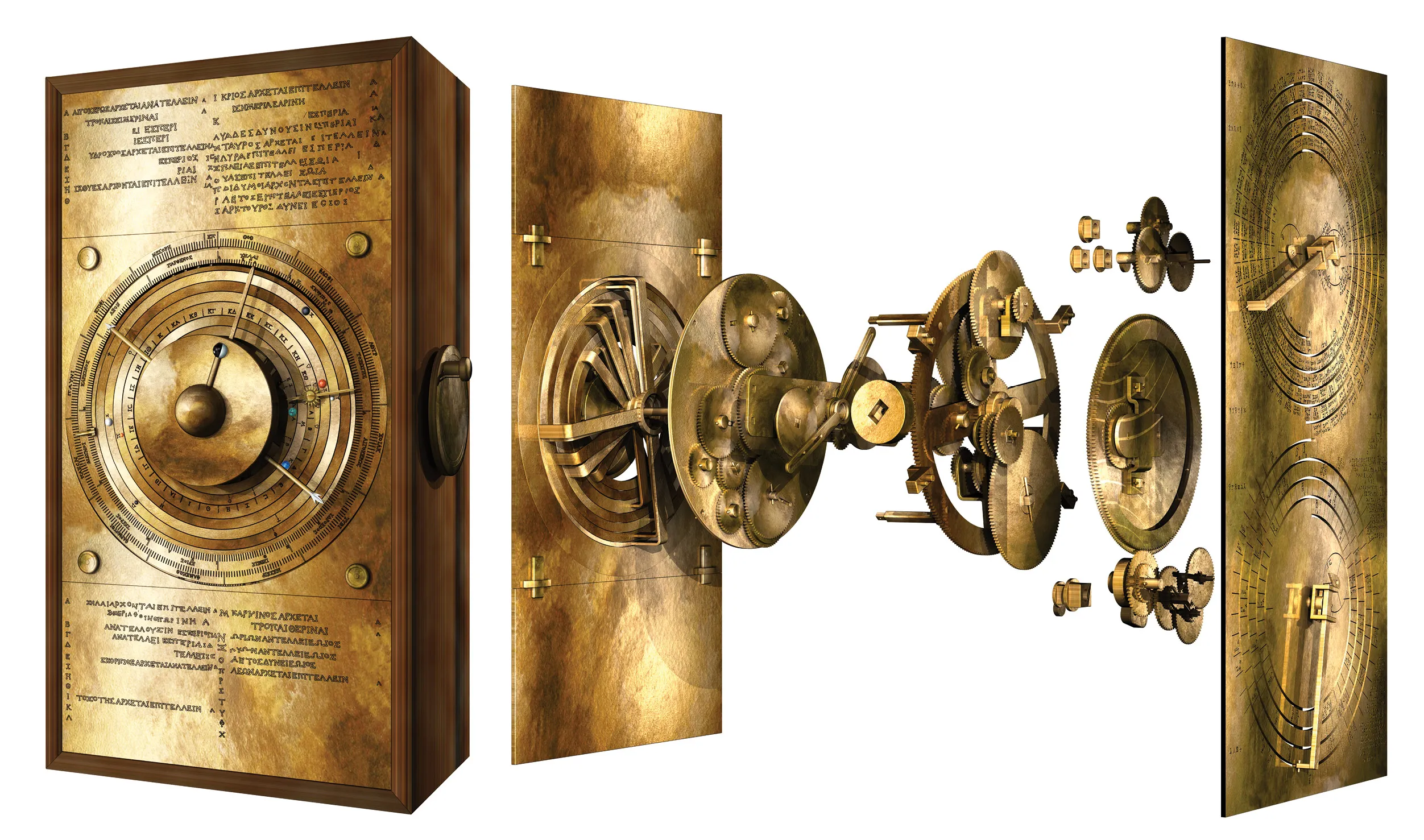
The ancient Greek device known as the Antikythera mechanism, considered the world’s first computer, was used to predict celestial events, including eclipses, showcasing early human ingenuity in understanding the cosmos.
53. The Rarest Eclipse: The Hybrid
Hybrid eclipses, which transition between total and annular along their path, are the rarest type of solar eclipse, offering a unique spectacle for those lucky enough to be in its path.
54. The Light of the Auroras During Eclipses
Solar eclipses can affect the Earth’s magnetic field, potentially enhancing auroras near the poles. This interaction between the sun, moon, and Earth’s magnetic field illustrates the interconnectedness of celestial phenomena.
55. Eclipses in the Digital Age
With advances in technology, eclipses are now broadcast live worldwide, allowing millions to partake in the experience, even from thousands of miles away, making this awe-inspiring event more accessible than ever.
56. The Colorful Atmosphere of the Moon
During a total lunar eclipse, the moon can appear red, brown, or orange due to Earth’s atmosphere bending sunlight into Earth’s shadow. The exact color depends on atmospheric conditions around the Earth at the time.
57. Solar Eclipse Photography
Capturing a solar eclipse requires special filters to protect cameras and eyes from the sun’s damaging rays, highlighting the blend of preparation and caution needed to photograph these fleeting moments.
58. The Eclipse That Delayed a Concert
In 1999, the British rock band Phish organized a concert in Turkey to coincide with a total solar eclipse, creating a unique fusion of music and astronomy that delighted fans and stargazers alike.
59. The Tradition of Eclipse Parties
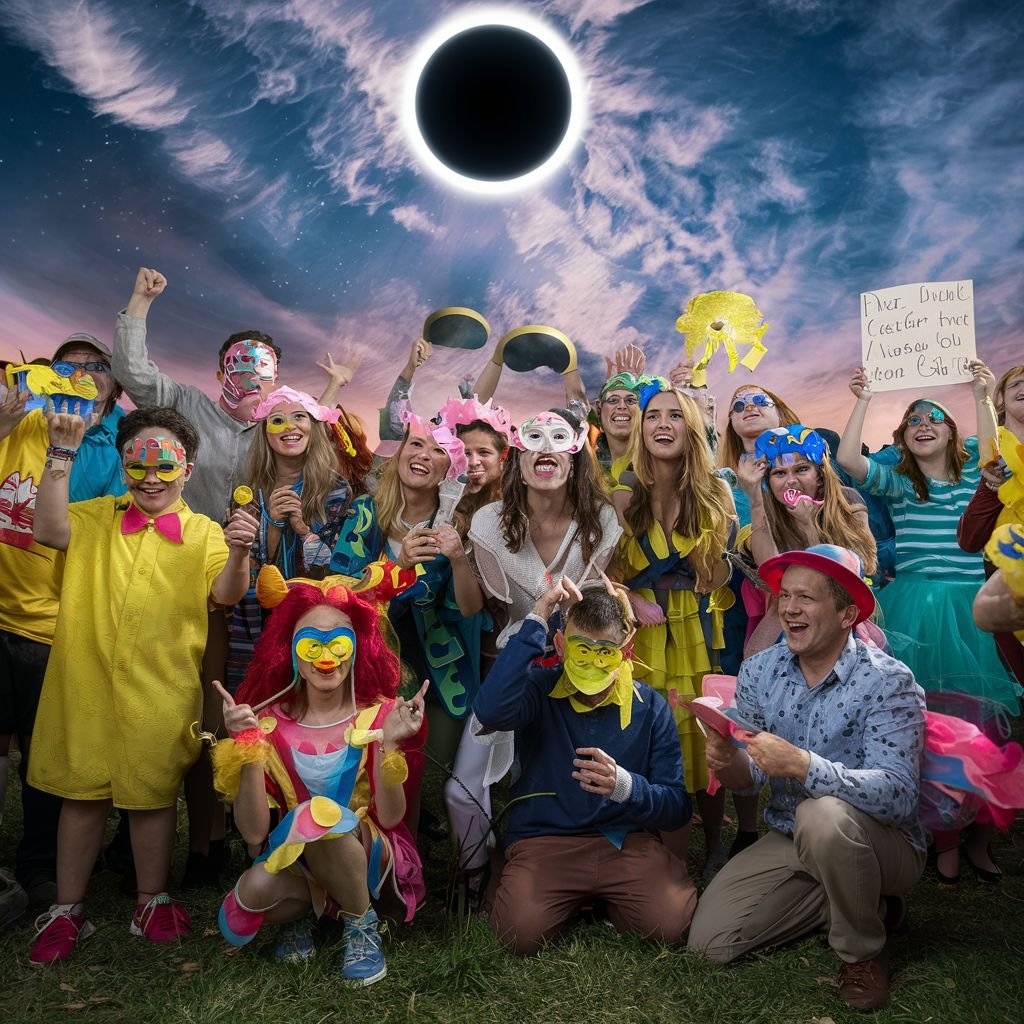
Eclipse viewing parties have become popular, where people gather to witness the event together, often involving themed foods, music, and activities, turning the astronomical event into a communal celebration.
60. Eclipses on Film and TV
Eclipses have been depicted in films and TV shows as powerful plot devices, from signaling pivotal moments to serving as metaphors for change, showcasing their impact on storytelling and visual culture.
61. Eclipses in Space Exploration
Eclipses provide unique opportunities for space missions to study the sun’s corona and solar wind. Observations made during eclipses have contributed significantly to our understanding of solar phenomena and space weather forecasting.
62. The Eclipse Stamp
The United States Postal Service issued a special heat-sensitive stamp for the 2017 total solar eclipse. When warmed by your thumb, the eclipse image changes to reveal the moon—a fun way to commemorate a celestial event through philately.
63. Ancient Eclipse Predictions and Timekeeping
The ancient Greeks used the Saros cycle not only to predict eclipses but also as a method of timekeeping, illustrating the deep historical connection between astronomy and our concept of time.
64. Eclipses and Crop Growth
Some studies suggest that solar eclipses, by briefly blocking sunlight, can affect plant growth and photosynthesis. However, the impact is minimal due to the short duration of an eclipse.
65. The Sound of Silence: Eclipses and Birdsong
Birds often react to the darkness of a total solar eclipse by falling silent, confused by the sudden night during the day. This natural reaction adds a serene quietude to the awe-inspiring visual spectacle.
66. Eclipses in Mythology: Dragons and Demons
In many cultures, myths attributed eclipses to celestial dragons or demons consuming the sun or moon. These stories reflect humanity’s attempt to explain and give meaning to these dramatic natural phenomena.
67. The First Solar Eclipse in Film
The first film to capture a solar eclipse was made in 1900 by magician-turned-filmmaker Nevil Maskelyne in North Carolina. It marked a significant moment in both astronomical and film history, marrying science with the burgeoning art of cinema.
68. Solar Eclipses and Gravity Experiments
Eclipses have been used to conduct experiments on gravity and its effects on light. The famous 1919 eclipse expedition confirmed Einstein’s general theory of relativity, marking a turning point in the understanding of gravity.
69. The Eclipse That Inspired an Opera
A total solar eclipse in 1912 inspired the Italian composer Mascagni to write the opera “Isabeau.” The eclipse’s beauty moved him to create a work that reflected an eclipse’s tragic and transformative power. Watch it below:
70. Cultural Eclipse Festivals
Some indigenous and local communities hold festivals to honor and interpret the eclipse, incorporating traditional knowledge, dances, and rituals that have been passed down through generations.
71. Eclipses in Video Games
Eclipses are often used in video games as dramatic backdrops or key plot elements, adding a layer of mystique and urgency to the virtual worlds and stories being explored.
72. The Eclipse Megamovie Project
The Eclipse Megamovie Project, initiated during the 2017 total solar eclipse, crowd-sourced photos from thousands of people to create a continuous view of the eclipse across the United States, showcasing the power of community science.
73. The Double Sunset Phenomenon
During a partial solar eclipse, certain conditions can create the illusion of a double sunset, a rare and stunning visual effect that captivates observers.
74. Lunar Eclipses and Human Culture
Lunar eclipses have also played significant roles in human culture, marking important calendar events, influencing art and literature, and contributing to our understanding of Earth’s place in the cosmos.
75. The Protective Eyewear Evolution
The evolution of protective eyewear for viewing solar eclipses reflects advancements in materials science and public health awareness, from smoked glass to modern solar viewing glasses that safely filter the sun’s rays.
76. The Eclipse in Coins and Currency
Some countries have commemorated significant eclipses by issuing special coins and currency, celebrating these celestial events’ shared experience and scientific importance.
77. Solar Eclipses as Teaching Moments
Eclipses serve as powerful teaching moments for educators, providing hands-on learning experiences about the solar system, light, and shadow and inspiring the next generation of scientists and astronomers.
78. Eclipses and Renewable Energy Research
Solar eclipses offer unique conditions for studying the effects of sudden reductions in solar power on electrical grids, contributing to research in renewable energy management and grid resilience.
79. The Shadow Bands Mystery
Before and after totality in a solar eclipse, mysterious wavy lines of alternating light and shadow, known as shadow bands, can appear on the ground. Their exact cause is still a subject of scientific investigation.
80. The Emotional Impact of Eclipses
Many eclipse observers report profound emotional and psychological effects, describing feelings of awe, connection, and transcendence. This universal response underscores the deep impact of witnessing such a spectacular natural event.
81. The Eclipse That Changed Warfare
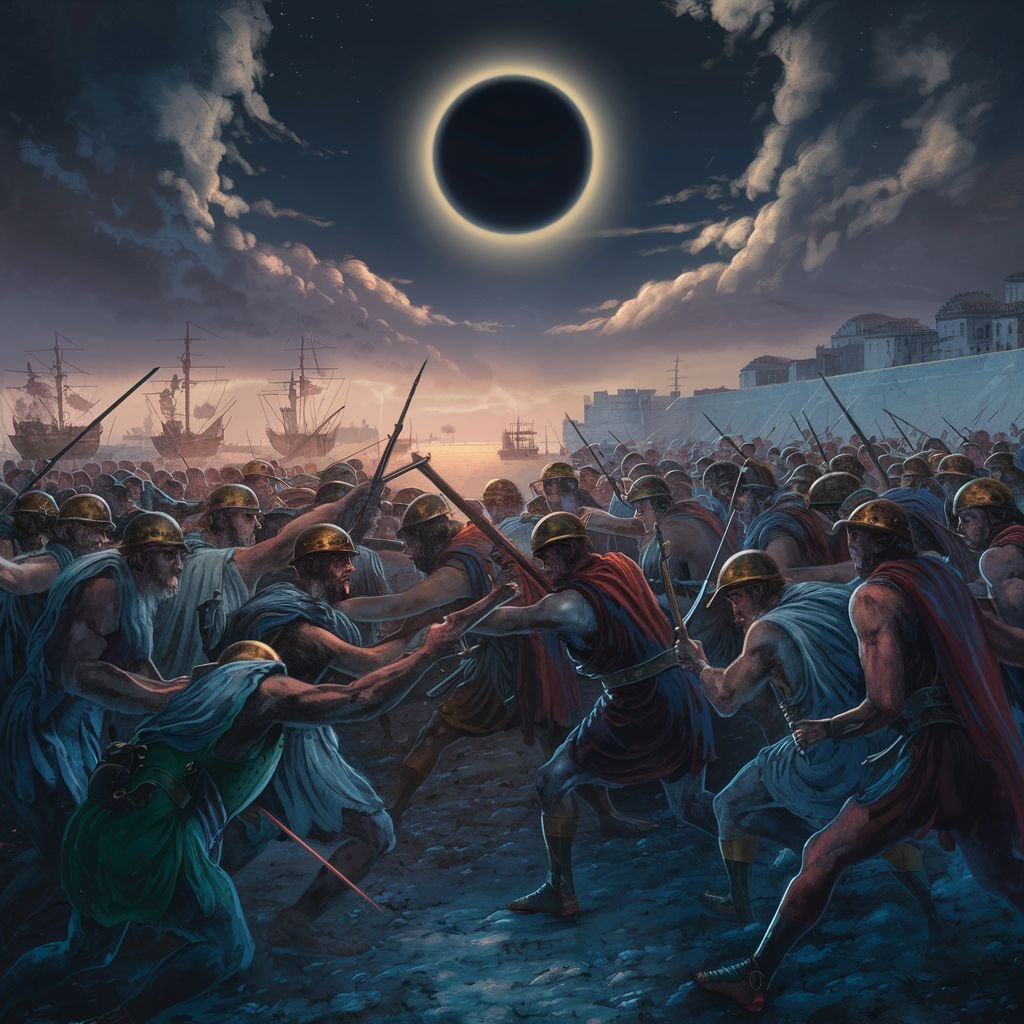
During the Peloponnesian War, a lunar eclipse in 413 BC was interpreted by the Athenian navy as a bad omen, leading to a delay in their departure and a pivotal defeat. This event highlights how celestial phenomena could sway the tides of ancient battles.
82. The Global Network of Eclipse Chasers
Eclipse chasers form a global community, sharing tips, travel stories, and viewing experiences across continents. Their passion for eclipses fosters a unique form of tourism, uniting people across diverse cultures in pursuit of these rare events.
83. Solar Eclipses in Popular Music
The awe of solar eclipses has inspired musicians, leading to songs and compositions that capture the event’s magic. Bonnie Tyler’s “Total Eclipse of the Heart” famously played during the 2017 eclipse, illustrating how eclipses permeate popular culture.
84. The Unpredictable Beauty of Solar Corona
Each total solar eclipse reveals the sun’s corona, a stunning, ethereal halo of plasma that’s usually hidden by the sun’s bright light. Its unpredictable patterns and shapes have fascinated astronomers and photographers alike.
85. Eclipses in Ancient Calendars
Many ancient civilizations, including the Maya and Egyptians, incorporated eclipses into their calendars and monumental architecture, aligning structures with celestial events to mark significant times of the year.
86. The Impact of Eclipses on Modern Science
Eclipses continue to impact modern science, providing opportunities to study the sun’s influence on Earth’s atmosphere, test new astronomical equipment, and refine theories about the universe’s workings.
87. Eclipses in Folklore and Storytelling
Eclipses have a rich place in folklore and storytelling, often portrayed as moments when the veil between worlds thins, allowing for magical events, transformations, and encounters with the supernatural.
88. The Solar Eclipse and the World Wide Web
The 1999 total solar eclipse is credited with one of the first global live streams, showcasing the World Wide web’s potential for real-time, worldwide event sharing, a precursor to today’s live-streaming culture.
89. The Phenomenon of Eclipse Wind
Observers of total solar eclipses sometimes report experiencing a peculiar, sudden change in wind direction known as the “eclipse wind,” a phenomenon that highlights the intricate interplay between solar radiation and Earth’s atmosphere.
90. Lunar Eclipse Lore and Love
In some cultures, lunar eclipses are seen as auspicious times for love and reconciliation. Couples may perform rituals or make wishes for their relationships, showcasing these celestial events’ personal and communal significance.
91. The Eclipse That Advanced Rocket Science
A solar eclipse in 1914 provided crucial data for Vesto Slipher’s work on the Doppler effect in light from distant galaxies, laying foundational knowledge for rocket science and space exploration development.
92. Eclipses and Environmental Awareness
Eclipses, especially solar, draw attention to the sun’s vital role in our ecosystem, fostering greater environmental awareness and interest in solar energy as a sustainable power source.
93. The First Eclipse Predicted with Software
The first solar eclipse predicted using software occurred in the mid-20th century, marking a milestone in computational astronomy and the role of technology in understanding celestial events.
94. Eclipses as Moments of Peace
Historically, eclipses have brought temporary ceasefires and moments of peace as opposing sides in conflicts paused to witness the awe-inspiring event, reflecting on the larger forces at play in the universe.
95. Eclipses in Non-Fiction Writing
Eclipses have inspired countless non-fiction accounts, from scientific analyses to personal memoirs, illustrating the wide range of human responses to witnessing these events.
96. The Solar Eclipse’s Role in Animal Behavior Research
Solar eclipses offer unique opportunities to study animal behavior, as wildlife reacts to the sudden darkness. These observations contribute to our understanding of circadian rhythms and light’s impact on the animal kingdom.
97. Eclipses and the Future of Space Travel
With plans for lunar bases and Mars missions, future space travelers may witness Earth eclipses from the moon or solar eclipses from Mars, offering new perspectives on this ancient phenomenon.
98. The First Recorded Eclipse
The first recorded solar eclipse, mentioned earlier, not only underscores the advanced observational capabilities of ancient civilizations but also marks one of humanity’s first attempts to understand and document celestial events.
99. The Eclipse as a Symbol of Unity
Eclipses often bring people together, transcending borders and differences as everyone looks up in wonder. Even if momentary, this unity showcases the potential for shared human experiences to foster a global community.
100. The Infinite Potential for Discovery
Each eclipse, be it solar or lunar, is not just a spectacle but an opportunity for discovery, reminding us of the endless mysteries of the cosmos and our perpetual quest for knowledge and connection within it.
